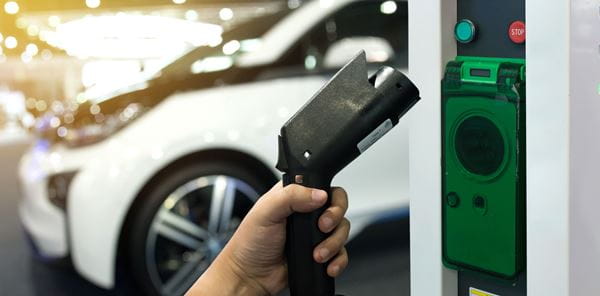
Fleet Risk: The Importance of Daily Van Checks
Establishing a routine of daily safety checks is a crucial step towards keeping your van fleet on the road, and your drivers safe. Here’s why.
Vans are some of the hardest working, highest mileage vehicles on our roads, and it’s essential that they are properly maintained. Defects not only pose a safety risk, accounting for 1,300 police-attended incidents in 2021, but unexpected downtime can cost businesses up to £1,000 per vehicle, per day as a result of disrupted schedules and repairs.
There are some steps fleet operators can take to keep vehicles on the road. The DVSA, Logistics UK and FORS all advise allowing time for daily walkaround checks before drivers get behind the wheel. These can help identify faults earlier, keeping employees safe, vehicles on the road and your business operating as it should.
What should drivers be checking every day?
- Under the Bonnet: Check to make sure all fluids – oil, coolant, brake fluid and screen wash – are topped up to the right levels, and the battery is secured in place. Drivers with electric or plug-in hybrid vehicles should also inspect their charging cables.
- Wheels and Tyres: Look for damage and underinflation and ensure tyres are worn evenly, with at least 1.6mm of tread remaining. Pressures should be checked monthly, and most vans have these printed on a sticker inside the driver’s door.
- Body and Fittings: Inspect seat belts and load-lashing points and ensure all doors close securely. Bodywork damage should be reported immediately, especially if it could cause injury or contact the tyres.
- Behind the Wheel: Damage to the windscreen, lights and mirrors can all affect your ability to see other road users. Ensure all lights work correctly before setting off, and (time and surroundings permitting) test the horn too.
- On Startup: Watch out for excess smoke or unusual noises, as these can indicate an engine fault. All warning lights switch off shortly after starting the vehicle, so don’t ignore them even if it drives normally. The common ones are explained here.
It’s also important for drivers to pay attention once they set off. Sluggish responses, juddering or rolling and diving while slowing or cornering could be signs of tired suspension and brake parts, while poor alignment will cause the vehicle to pull left or right and cause tyres to wear out more quickly. Early detection can reduce the impact of repairs.
How can fleet managers make daily checks easier?
- Make safety part of the work culture and help drivers understand the importance of doing daily checks, to protect themselves and other road-users.
- Ensure drivers have enough time scheduled for morning checks and reporting faults. This should only take around 10-15 minutes each day.
- The LeasePlan My Vehicle app runs drivers through daily checks from their smartphone and report issues immediately. It’s also fully FORS compliant.
Important information:
This blog was originally published on leaseplan.com website. The views expressed may no longer be current and any reference to specific vehicles or products is for reference only. This information is not a personal recommendation for any particular vehicle, product or service - if you are unsure about the suitability of a product, you should consult with an expert.



